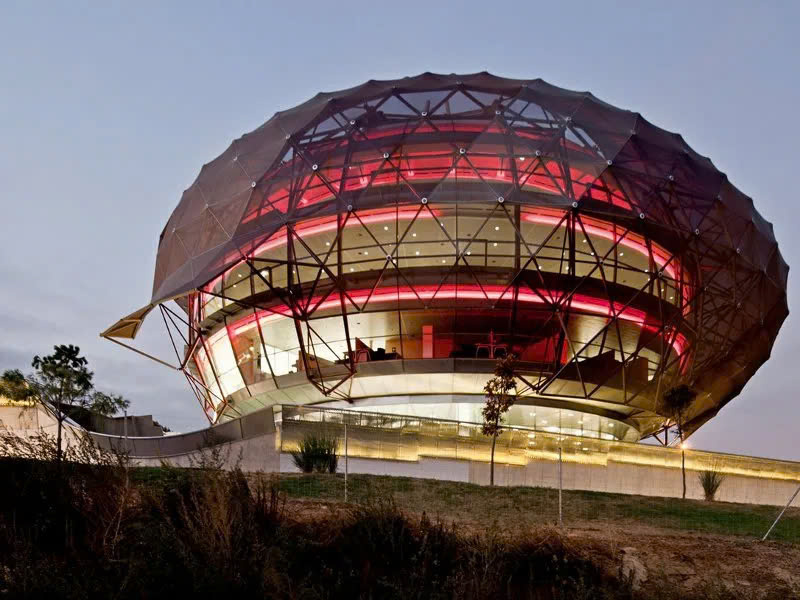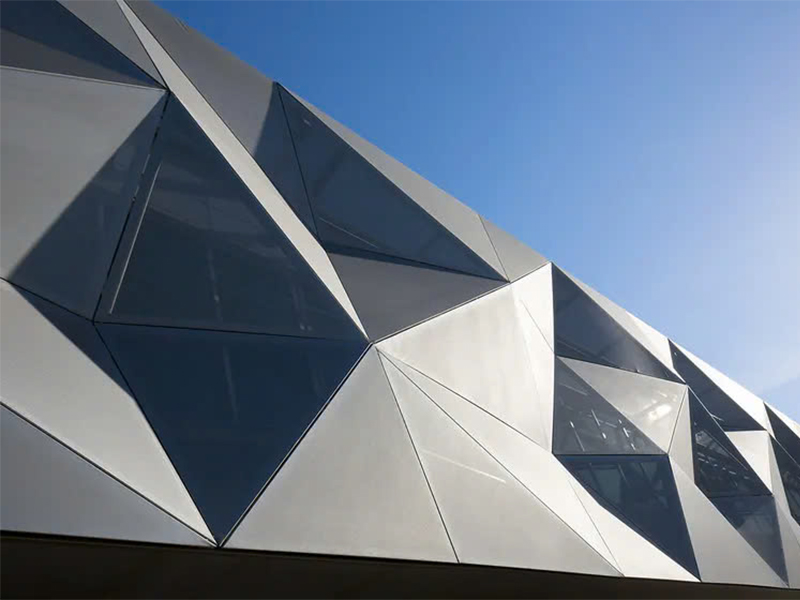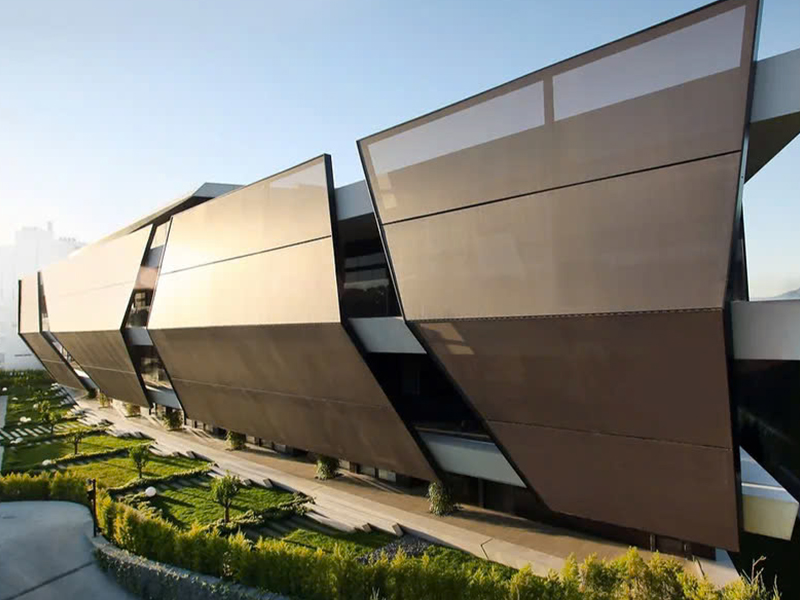Current situation and solution: Application of Tensile Facade material to cover the vertical surface of the building
In modern architecture, the need for facade cladding solutions extends beyond the protection function to include aesthetics, energy efficiency and sustainability. Tensile Facade, also known as fabric facade or tensile facade, is a system of tensile fabric or flexible membrane material that acts as a second skin for the exterior of a building. It is an innovative and cost-effective alternative to traditional metal mesh facade screens, offering design flexibility and superior technical benefits.
—
Technical Requirements Analysis & Solution Context
Buildings today face a number of technical challenges when it comes to facades, including controlling interior temperatures, minimizing the effects of UV radiation and glare, and creating a unique and up-to-date architectural appearance. Traditional facade solutions are often bulky, heavy, and limited in their formability. The requirement was for a lightweight, durable, highly customizable facade system that could optimize the building’s energy performance.
—
Technical Solutions
Tensile Facade is a type of tensioned fabric structure that uses cables and steel structural supports to tension fabric or membrane material to create a vertical exterior cladding system. This solution provides effective facade cladding with many technical advantages:
Construction and Materials
To create a durable and strong facade, the structural frame system (usually made of aluminum or steel) is designed with specialized supports to hold and tension the material. The tensioning material is usually a solid PVC (Polyvinyl Chloride) mesh or membrane, or a PTFE (Polytetrafluoroethylene) coated fiberglass membrane. These materials are lightweight, durable, resistant to weathering such as wind, hail and solar radiation, and maintain their physical properties over time. Depending on the design, the tensile membrane frame can be attached directly to the building face or require a steel support system to connect, providing flexibility in installation.
Function and Performance
One of the primary functions of Tensile Facade is to provide shade and UV protection. The system is capable of blocking a large portion of the sun’s glare and harmful UV rays without significantly affecting the view from inside the building. With advances in manufacturing, the materials are becoming lighter, stronger, and more resistant. In particular, this façade cladding system supports sustainability initiatives and increases LEED (Leadership in Energy and Environmental Design) energy efficiency by blocking significant amounts of solar heat while allowing diffused natural light to enter, reducing energy costs associated with lighting and cooling.
Flexibility and Aesthetics
Tensile Facades offer virtually endless possibilities for custom shapes and sizes, transforming conventional buildings and industrial structures into architectural works of art. Due to their lightweight nature, fabric membranes can span greater distances with less structural support than conventional building products. At night, LED lighting can be integrated to create a unique and striking appearance. The ability to incorporate corporate identity, supporting branding and marketing initiatives is also a significant aesthetic benefit of this solution.
—
Results and Performance Evaluation
The application of Tensile Facade material to building facades has proven to be superior in many ways. Technically, the system provides optimal protection from environmental factors, more effective control of internal temperatures and prolongs the life of the building. Economically, the ability to reduce utility costs related to lighting and cooling is a clear benefit, especially in the context of increasing energy prices. The flexibility in design allows architects and designers to update the appearance of outdated buildings or create new buildings with a unique, modern style.
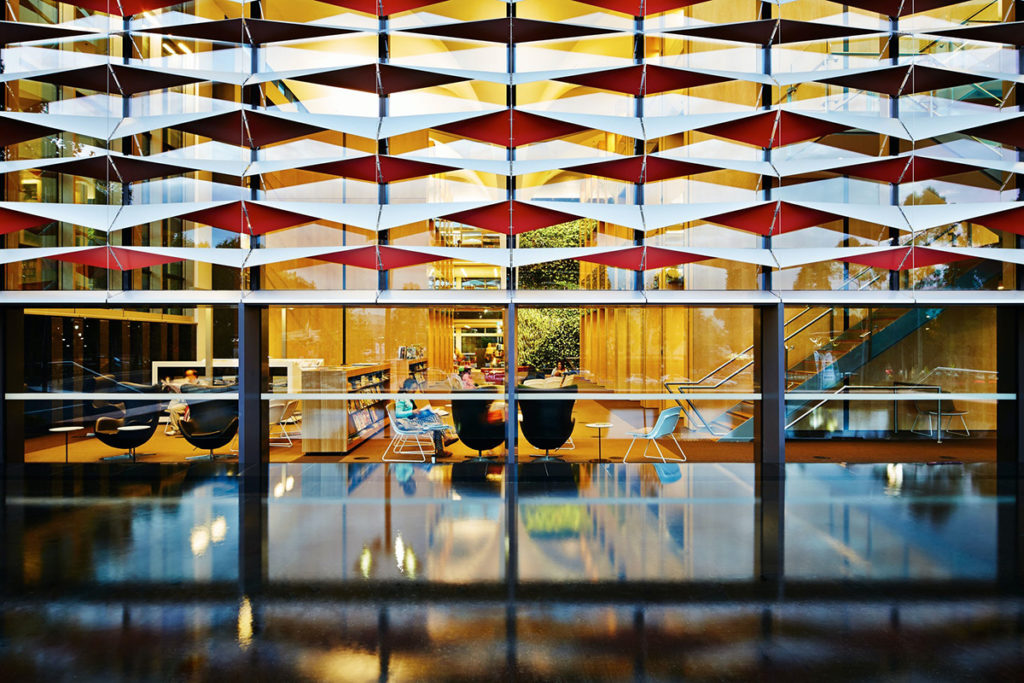
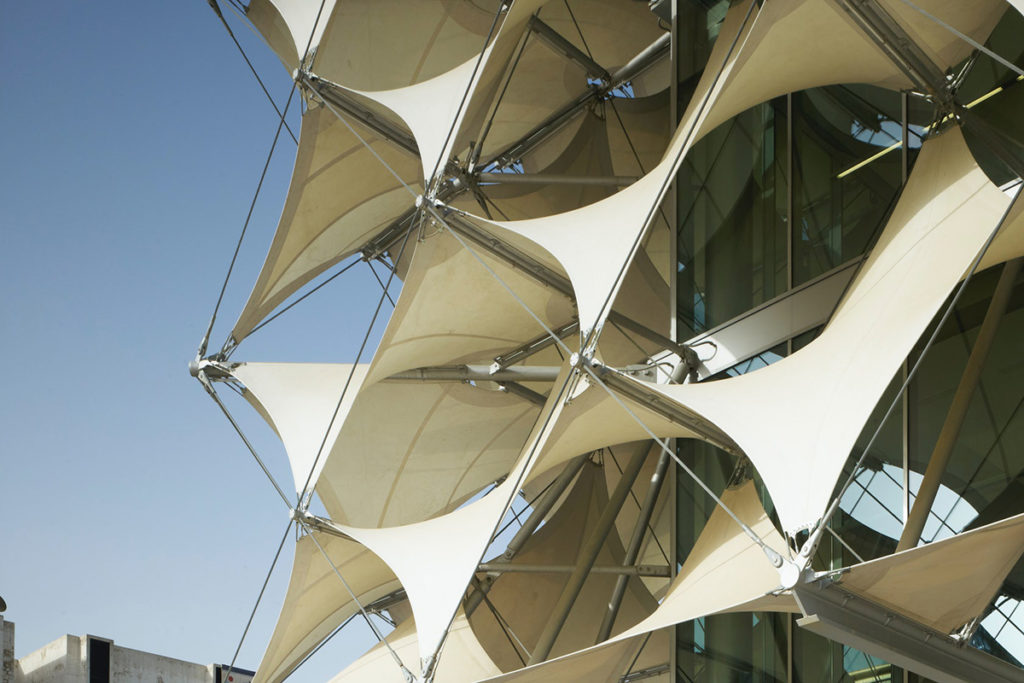
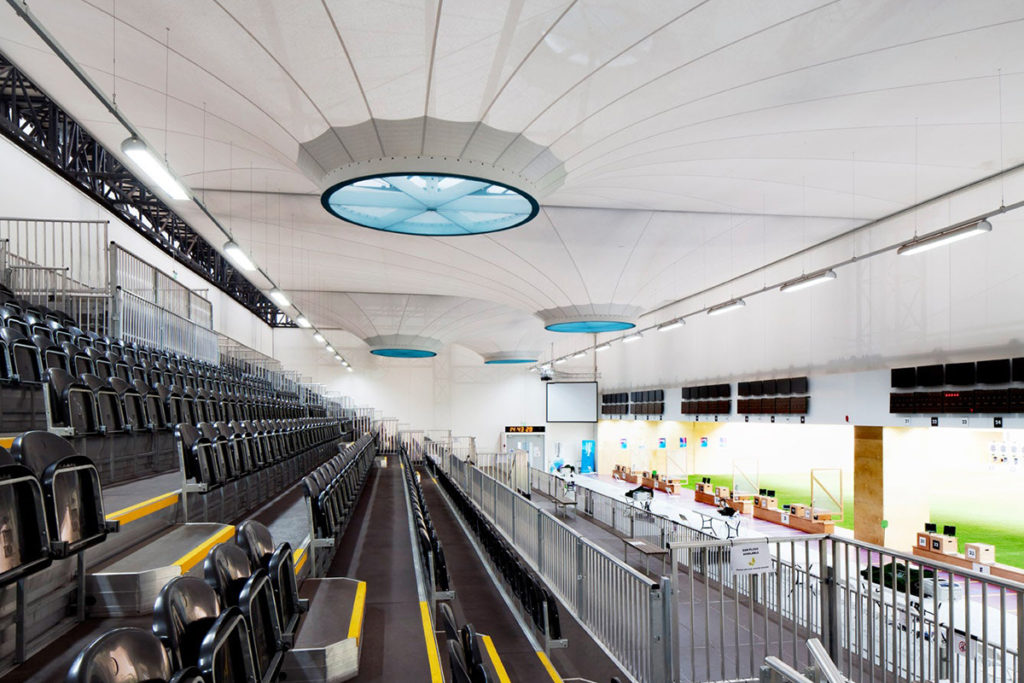
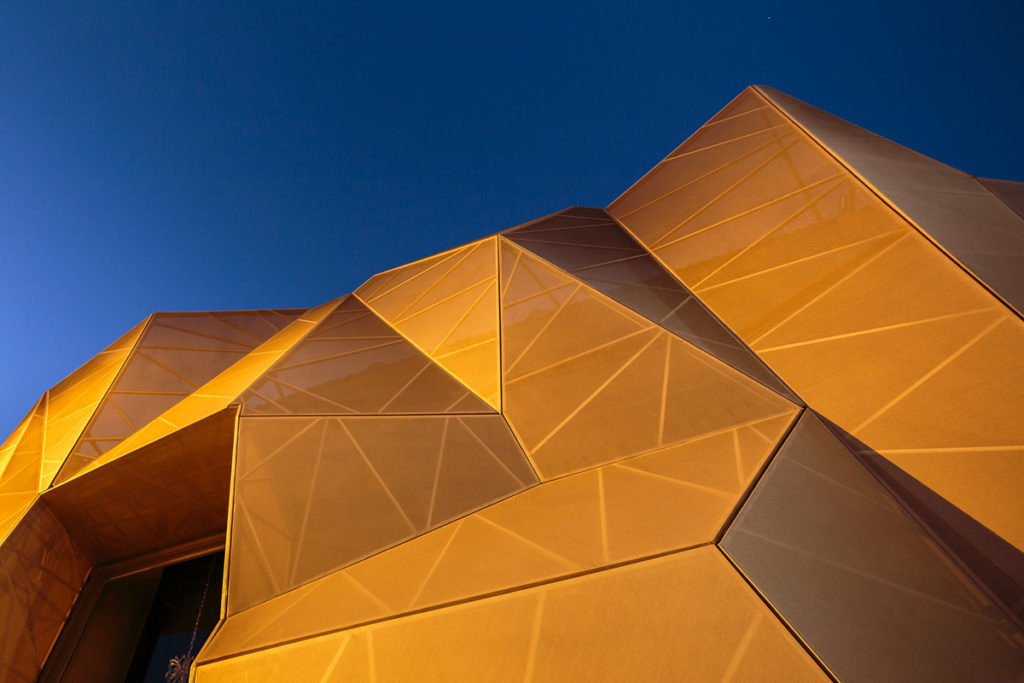
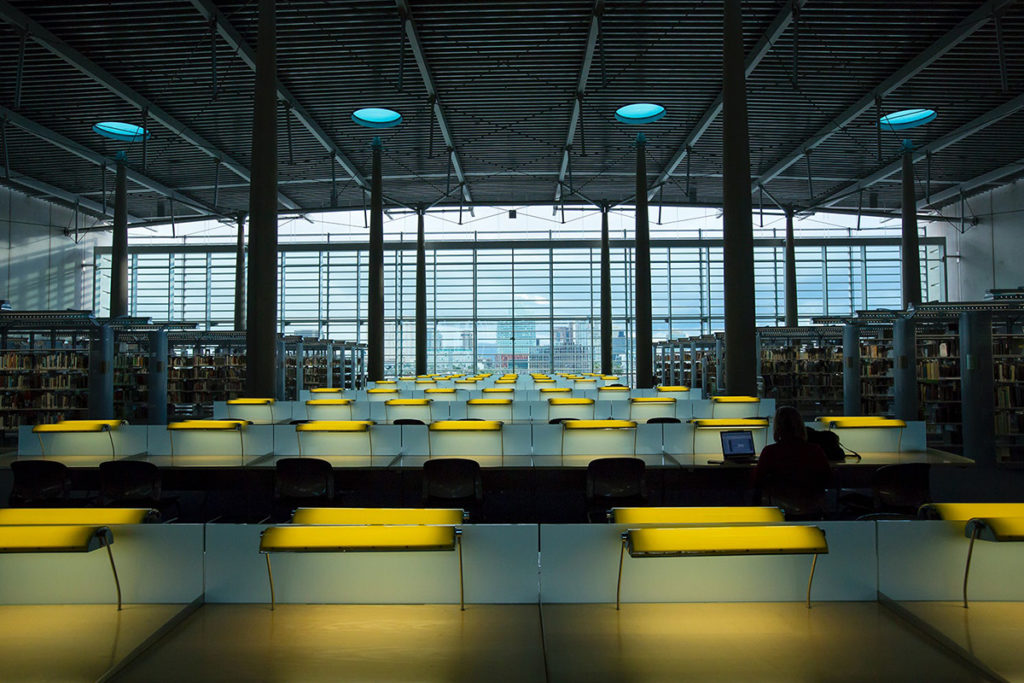
—
Contact Technical Consulting
Flexiiform is proud to be one of the leading units in Vietnam providing design and construction solutions for tensioned canvas, including the Tensile Facade system for the function of covering the facade of the building. With the predecessor of the company FasTech and a team of experienced experts, we are committed to providing optimal, sustainable solutions that are suitable for architectural requirements as well as climatic conditions in Vietnam. To receive detailed advice on Tensile Facade solutions or request a quote, please contact us.
Contact information:
Company: Flexiiform
Phone: +84 8678 68830
Website: https://flexiiform.vn/
Fanpage: https://www.facebook.com/flexiiform/





